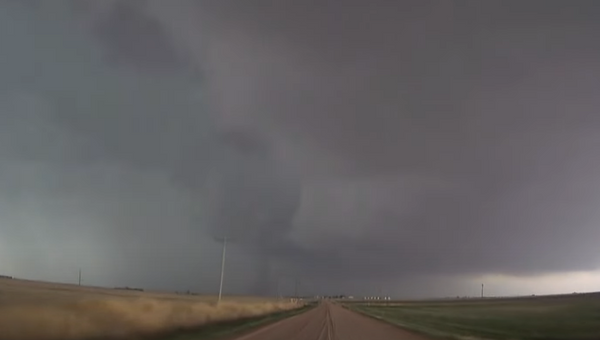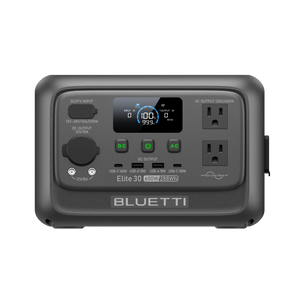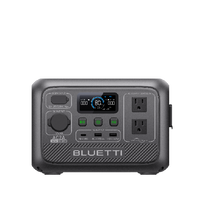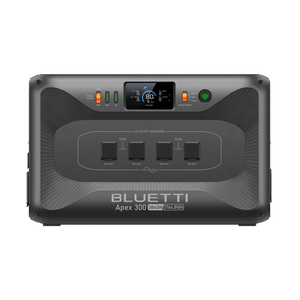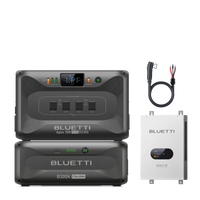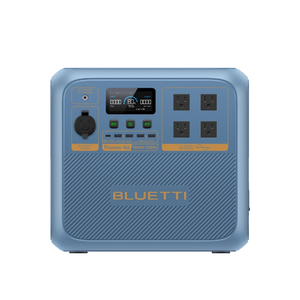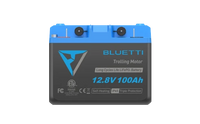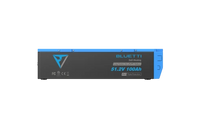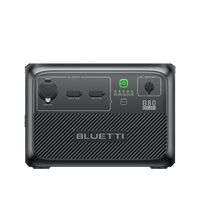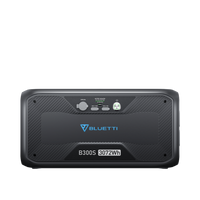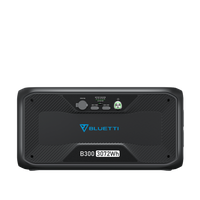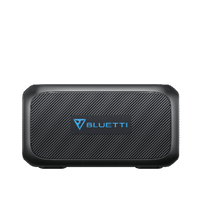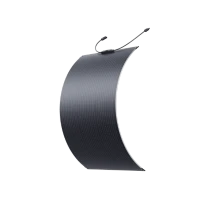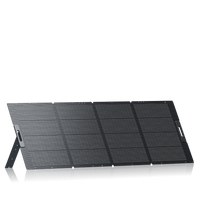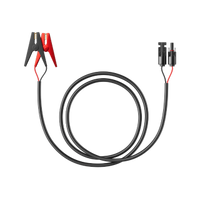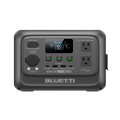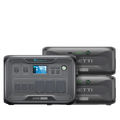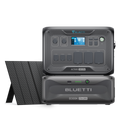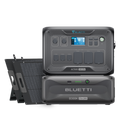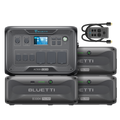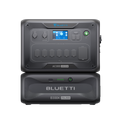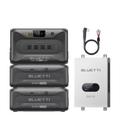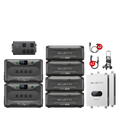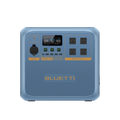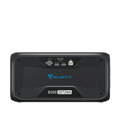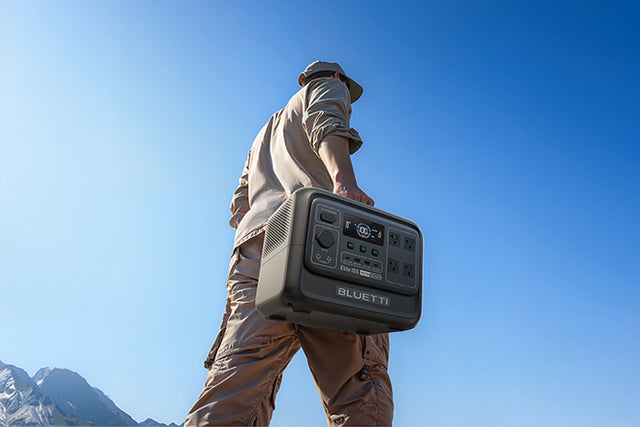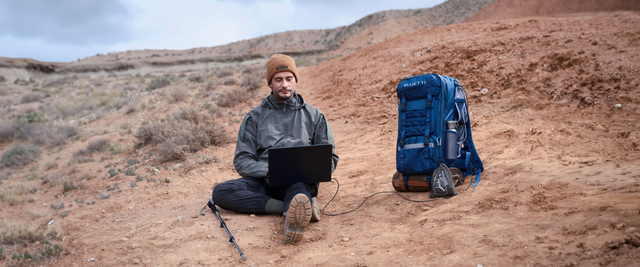Your cart is empty
Shop our productsMany homeowners who invest in rooftop PV systems are often warned against the negative impact cloud cover can have on energy production potential.
In fact, cloud cover is taken into consideration when sizing a solar system, thereby neutralizing any of the concern that comes with it.
Lately, the topic of shading and cloud cover has also entered the solar generator market.
Many first-time buyers want to know how much of an impact cloud cover will have on a solar generator or if it will work altogether.
In this article, we will talk a bit about cloud cover and whether or not your solar generator will be able to perform under shading.
How do clouds affect energy production?

Before we talk about whether or not a solar generator can work on a cloudy day, we need to understand how clouds affect energy production in the first place.
By now, the majority of you may or may not be aware of how solar panels transform sunlight into usable energy (electricity).
The process is known as the photovoltaic effect and was discovered in 1839 by Alexandre Edmond Becquerel.
This is how it works:
In order for the photovoltaic effect to take place, a solar cell (or panel) needs to be exposed to photons (which are simply small bundles of electromagnetic radiation), in other words, sunlight.
These photons are absorbed by the solar cell through two different types of semiconductors. The p-type and the n-type. These two semiconductors are combined together to create a p-n junction.
When you combine these two types of semiconductors, you allow an electric field to be formed in the region of the junction as electrons move to the positive p-side holes and move to the negative n-side.
This electric field forces negatively charged particles to move in only one direction, the opposite for positively charged particles.
This whole process eventually results in electricity production.
Thus, we have now established that in order for electricity to be generated, photons or sunlight need to be present.
If anything blocks that panel from absorbing photons, no electricity will be produced.
However, there is a difference between shade and cloudy days.
In his book Renewable Energy and Efficient Electric Power Systems, Stanford University's Gil Masters shows that if you shade just one out of 36 cells in a small solar module can reduce total power output by as much as 75%.
Clouds, on the other hand, can reduce electricity production by between 10 to 25 percent.
However, do note that this depends on the type of cloud, how dense it is, and so on.
Do solar generators work on a cloudy day?
 Many consumers often group solar generators and solar panels as an independent device when in fact, they are two separate pieces of technology.
Many consumers often group solar generators and solar panels as an independent device when in fact, they are two separate pieces of technology.
The solar generator itself refers to 3 components, the battery, inverter, and charge controller.
When you use a solar generator, you are, in fact, using only two of these components, and that is the battery and the inverter, neither of which require sunlight to work.
You see, solar generators are, in fact, energy storage devices. That is, they store energy that you can use at a later stage.
Essentially they are very large batteries.
What do you do when your phone battery runs out? Well, you plug it in the wall and recharge it right?
The same goes for a solar generator. When the battery is low, you simply plug in the solar panels and recharge the battery.
The amount of sunlight available at the time of charging will determine how long it takes your generator to reach a full charge.
Once it is full though, you are able to use it wherever and whenever you see fit. Whether that be during a cloudy day, rainy day, or even at night time.
In this way, solar generators operate more like off-grid solar systems as opposed to grid-tied systems.
Solar generators, for the most part, are used as backup energy devices. Meaning we make use of them when no other electricity supply exists.
In this case, one could make use of sunny or cloudy days to recharge the solar generator (albeit sunny days would recharge faster than cloudy days) and then store that generated energy for a time when you need it most.
Final Thoughts
The energy that has already been created and stored is 100% independent of the environment around it.
Therefore, with a bit of planning and foresight, one could recharge their solar generator using solar panels on a very sunny day and only utilize that stored energy a month down the line on a completely overcast rainy day.
The only issue that could arise is if you need to recharge and use that stored energy at the same time. If you did this on a cloudy day, you would need to ensure that whatever appliance you are powering, is not drawing more power than the solar panels can create at that time.
Of course, in this situation, it would be more ideal to have a completely sunny sky with no cloud cover.
However, if you cannot get around using your solar generator on a cloudy day, we would recommend using solar panels with a higher power rating.
For example, if it is sunny, a 120-watt panel may be sufficient.
However, if it is cloudy, you may be better off using a 350-watt solar panel.
Shop products from this article
Be the First to Know
You May Also Like

Deadly Flooding Devastates U.S. South and Midwest — What You Need to Know

BLUETTI Teams Up with Leave No Trace to Power Sustainable Outdoor Adventures
